September 22-28, 2024
Turning from the browns of late summer to the colors of fall

What a mixed week this has been! We had moody gray days, hot and sunny days, rain, and a fresh dusting of snow on the highest peaks.
Week in Review
While some days are still hot, things are definitely cooling down around the valley, with noticeably cooler days and nights. There may have even been a few pockets of frost this week in addition to a light dusting of snow on the morning of September 26.
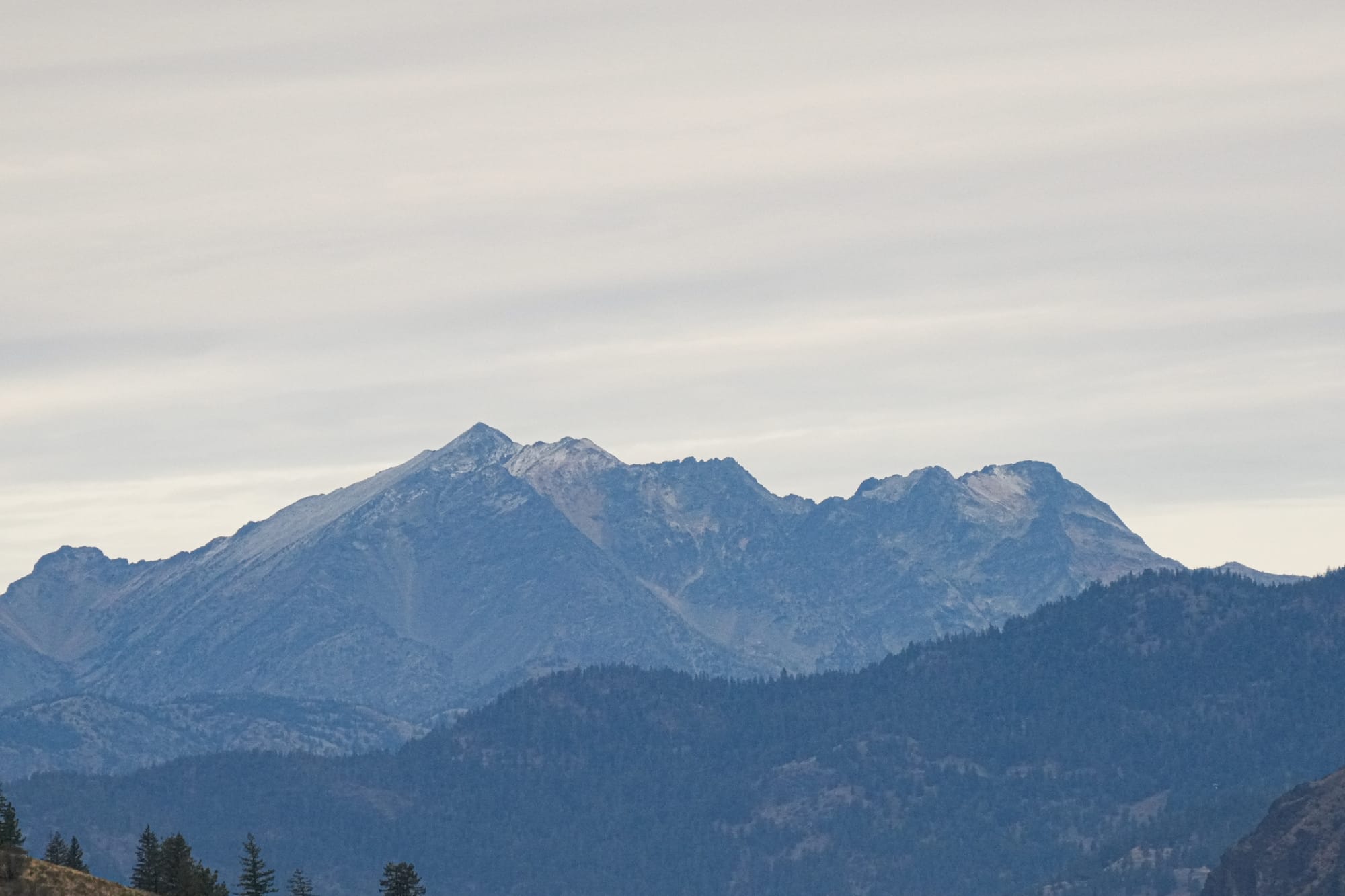
Despite the transition into fall, it's been fun to see a scattering of late blooming flowers. These aren't the expected fall flowers like rabbitbrush, but early spring flowers like arrowleaf balsamroot, which is surprising. Someone suggested that plants respond to daylength, and that shorter days in the fall can mirror the shorter days of spring so this might trigger a second wave of blooming.
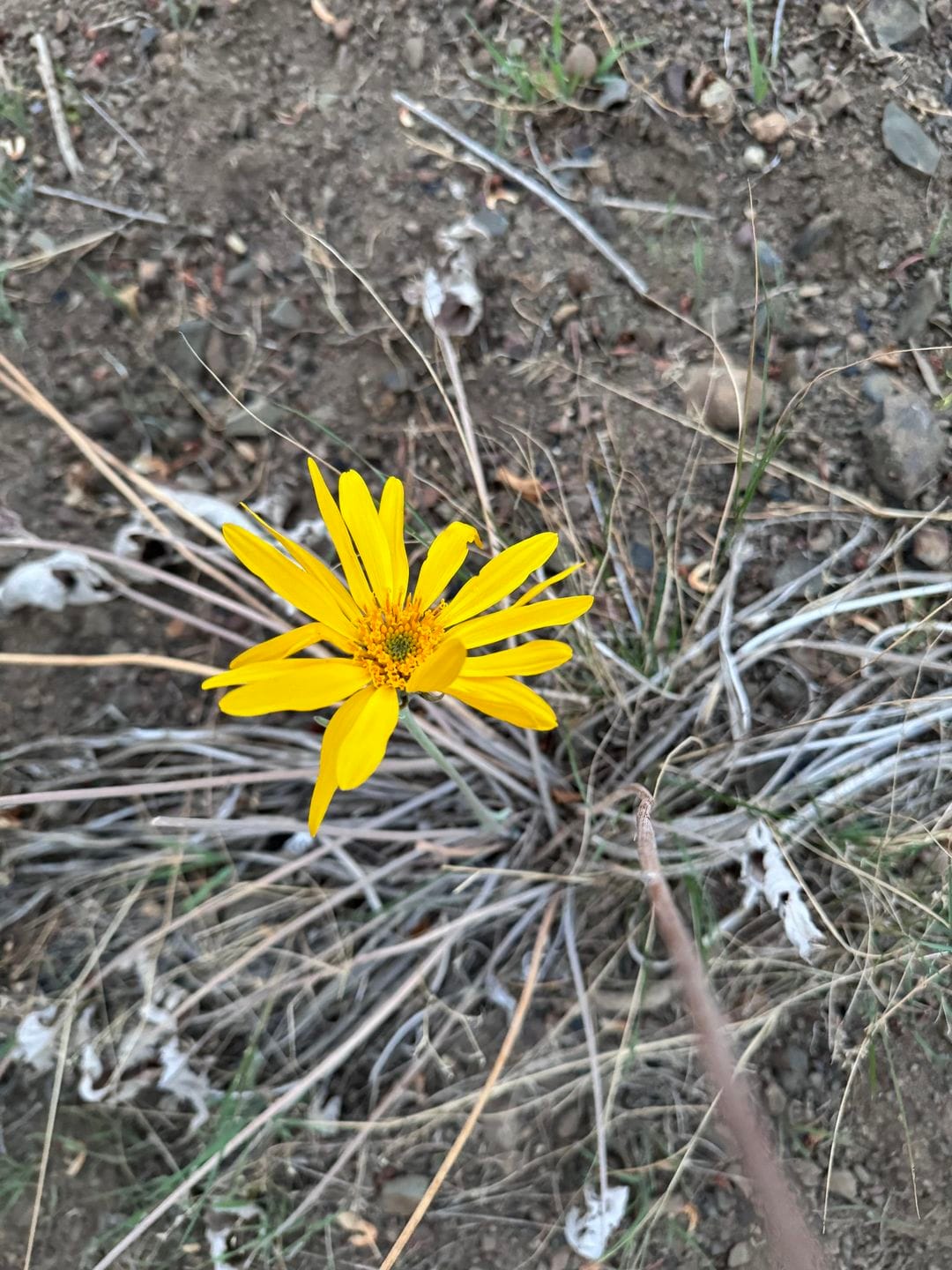
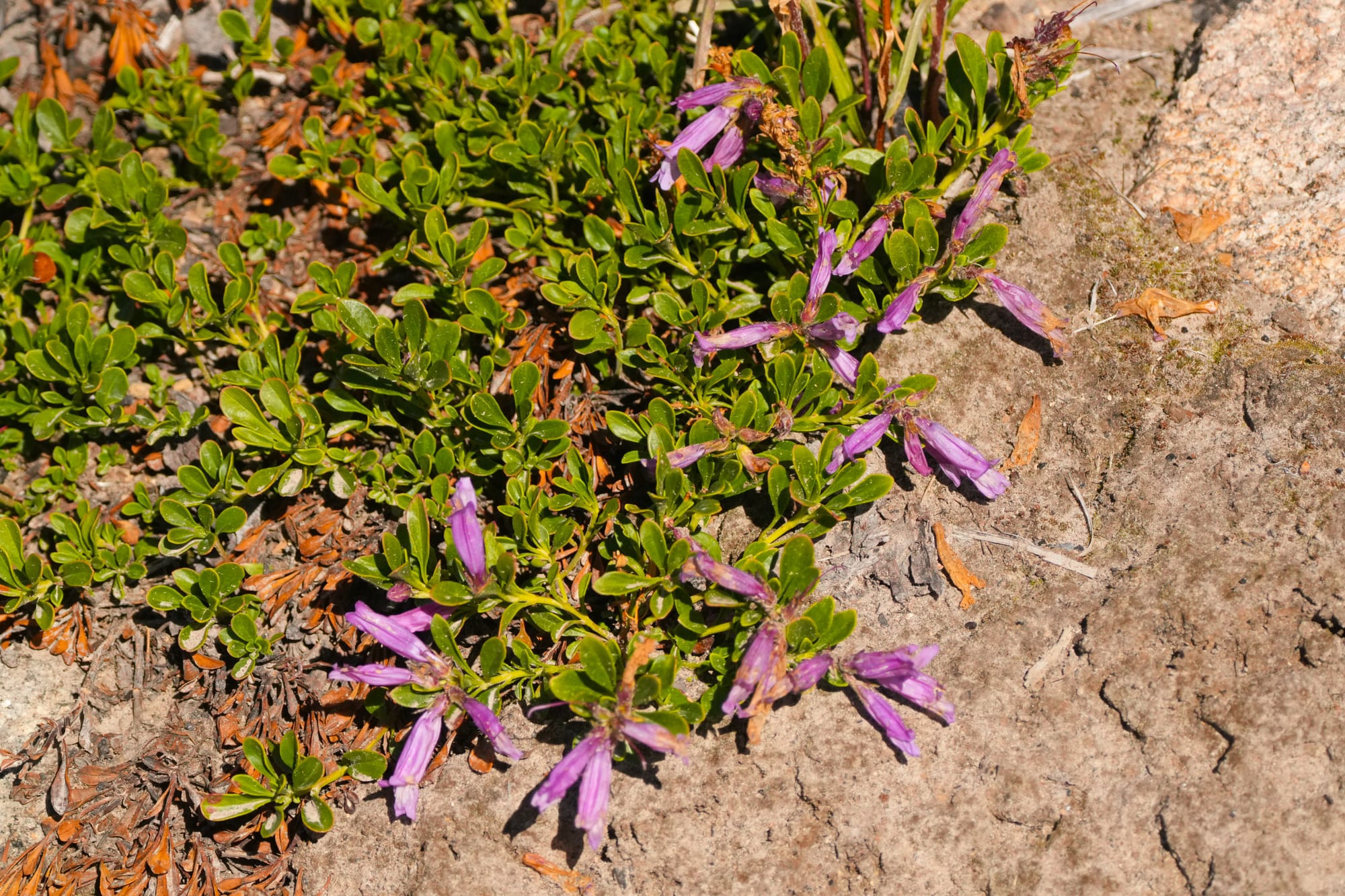
Late blooming arrowleaf balsamroot (photo by Mark Robinson) and shrubby penstemon (photo by David Lukas)
Apparently, many kinds of mushrooms have also been flourishing in response to the cooler temperatures and bits of rain. Folks have been sharing photos of the mushrooms they've been finding in the mountains, and lots of boletes have been popping up around the valley.
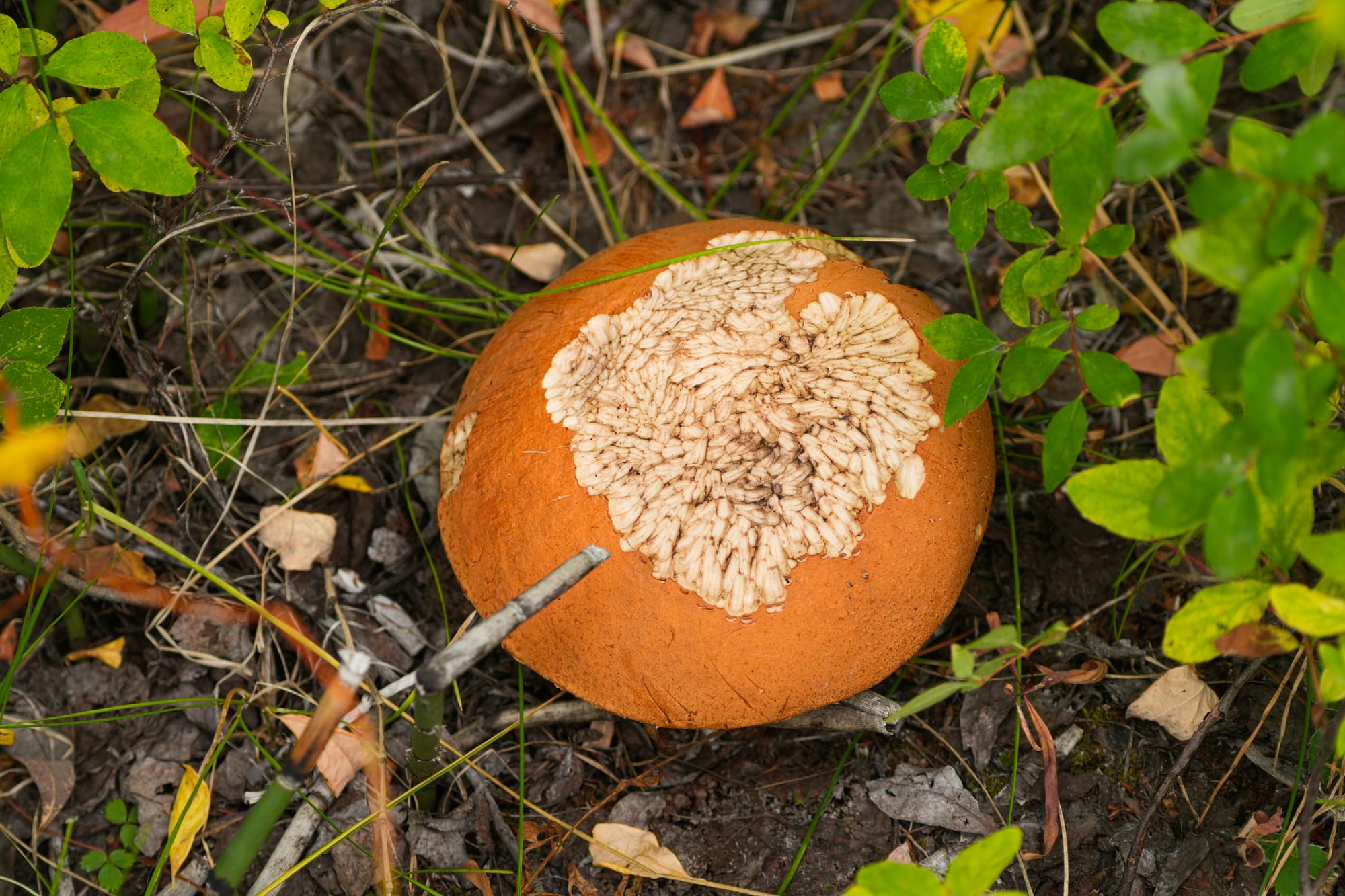
Animals have been shifting as well, with a big influx of white-crowned sparrows showing up in the middle of the week and sticking around to eat dandelion seeds in the yard.
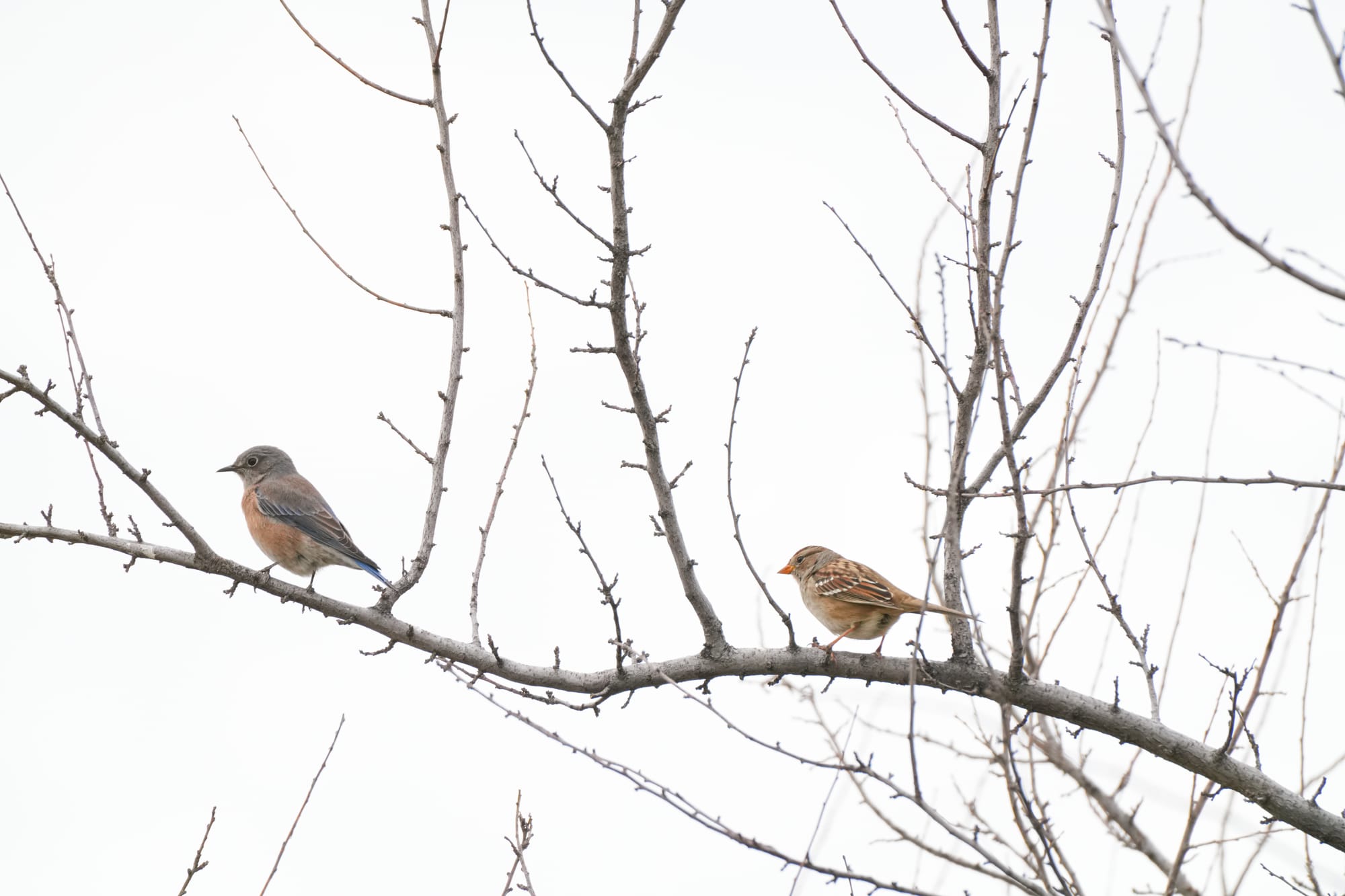
Other sightings include a rarely reported (though not uncommon) western toad that was likely taking advantage of the moisture and cooler temperatures to do some hunting and fattening up in preparation for winter.
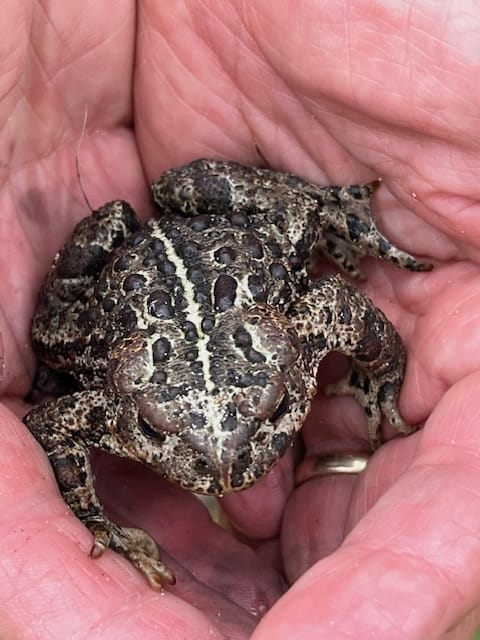
And in the world of creepy-crawlies there were a couple fascinating observations this week. It seems like giant toe biter bugs have been reported at this time of year before and I wonder if this is when they're more likely to fly around in search of water. Otherwise, we don't see them very often.
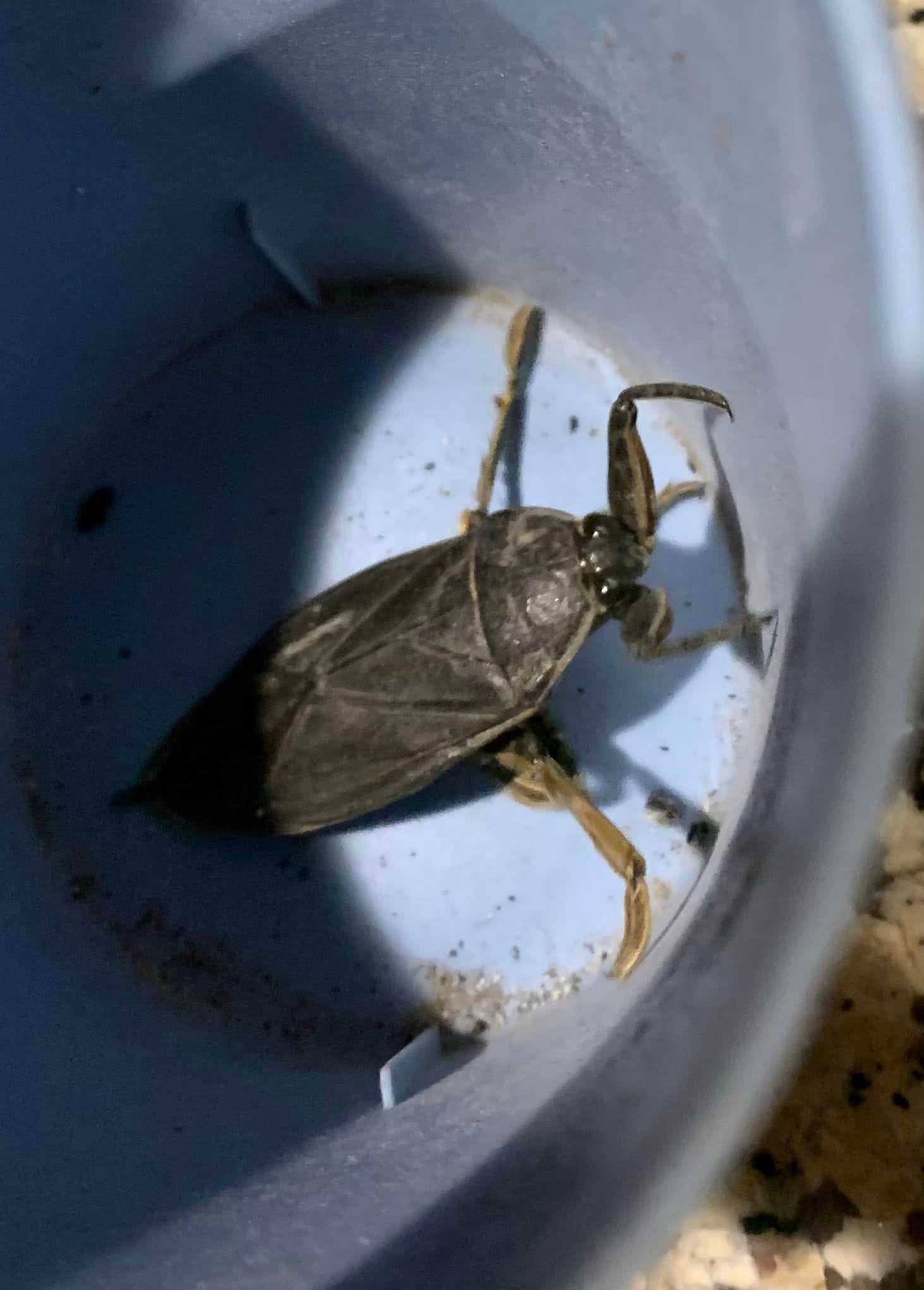
This remains the best time of year to see a wide variety of spiders, especially bigger species like the fabulous banded garden spider that was found this week. Because folks are noticing so many spiders, I'm thinking of offering a spider talk in the next couple weeks. If I can secure a space at the library, I'll let folks know on the Facebook group but if you're interested and don't use Facebook drop me a note and I'll notify you directly.
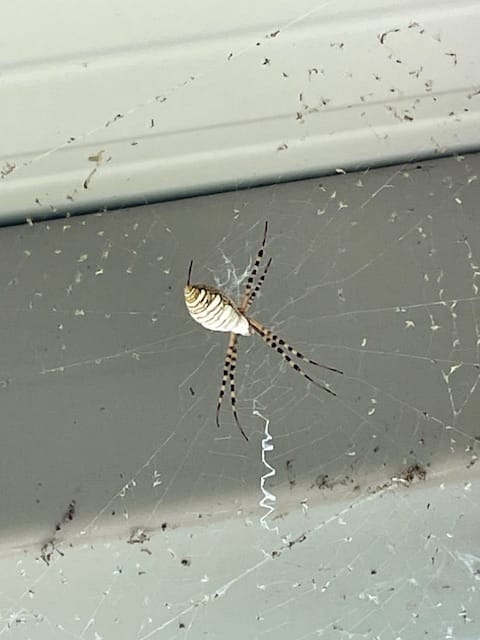
Observation of the Week: Turning Color
We're not yet in the flamboyant glory of autumn, but a subtle shift in leaf color has already begun. It's particularly noticeable in some of the smaller plants but patches of aspens, willows, and cottonwoods have also started to turn, and the blowout larch displays are mere weeks away.
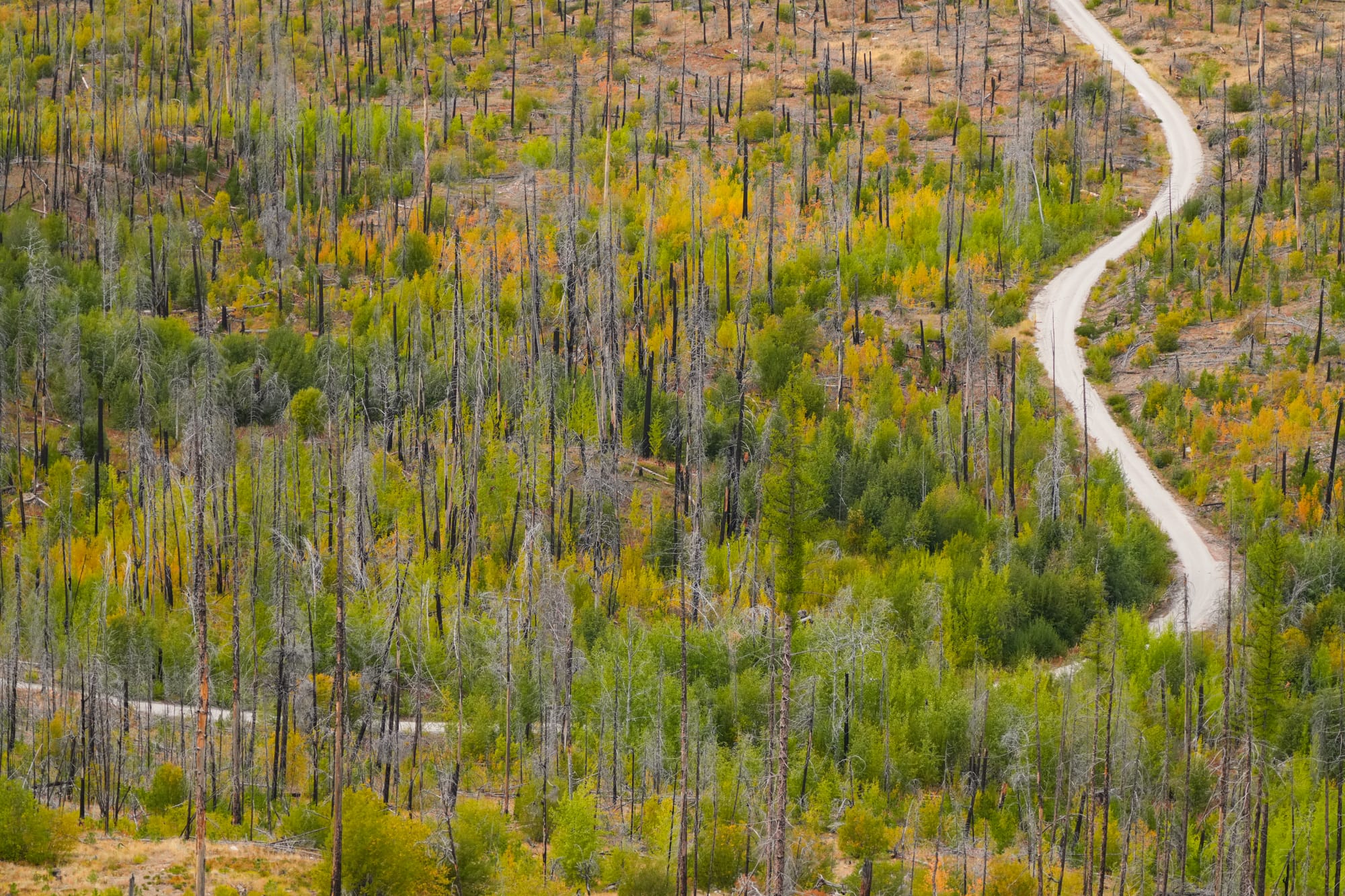
While we pay more attention when all the colors are at their peak, it's helpful to understand what changes have started taking place at the leading edge of this momentous shift.
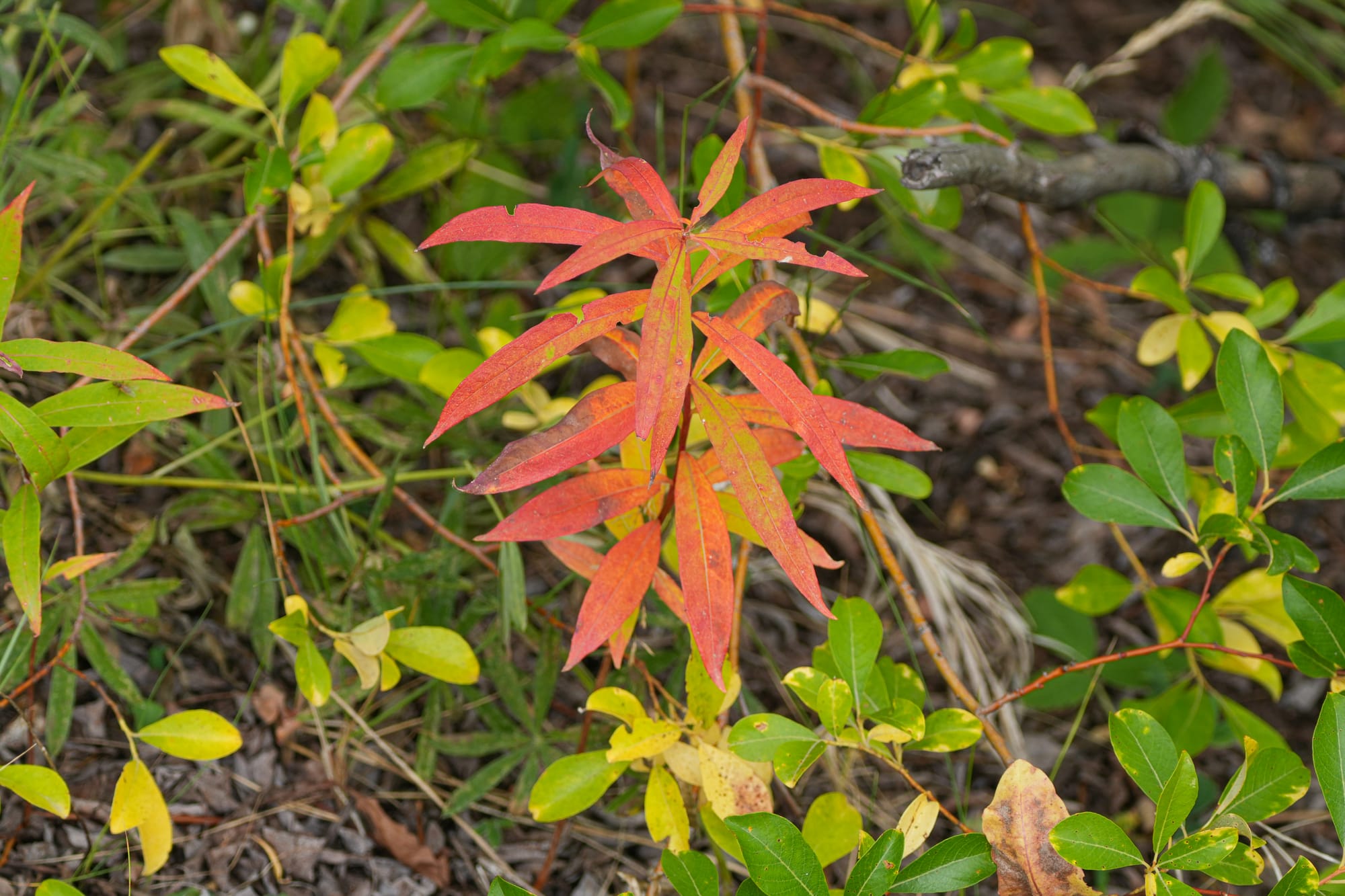
Leaves contain a variety of flavonoid compounds that serve a wide range of functions: they add pigments, filter ultraviolet light, help fix nitrogen, and also act as chemical messengers, physiological regulators, and cell cycle inhibitors. Flavonols and flavones are colorless flavonoids, but if you add sugars to these compounds, they create flavonoids called anthocyanins that produce yellows, oranges, and reds.
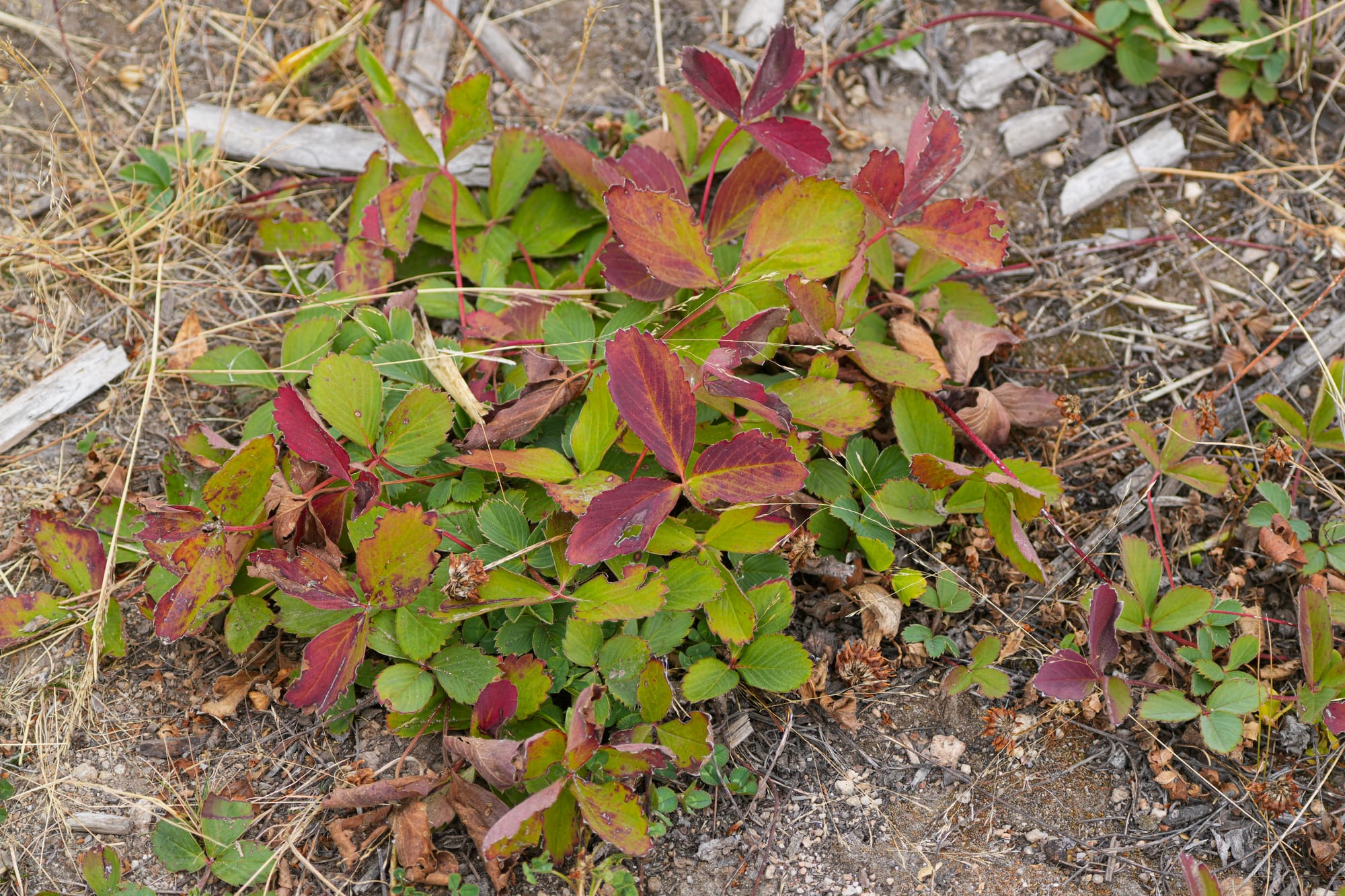
On bright sunny days, leaves have a high level of photosynthetic activity and produce lots of sugars. In the summer, these sugars are then moved out of the leaf and into the plant during the night.
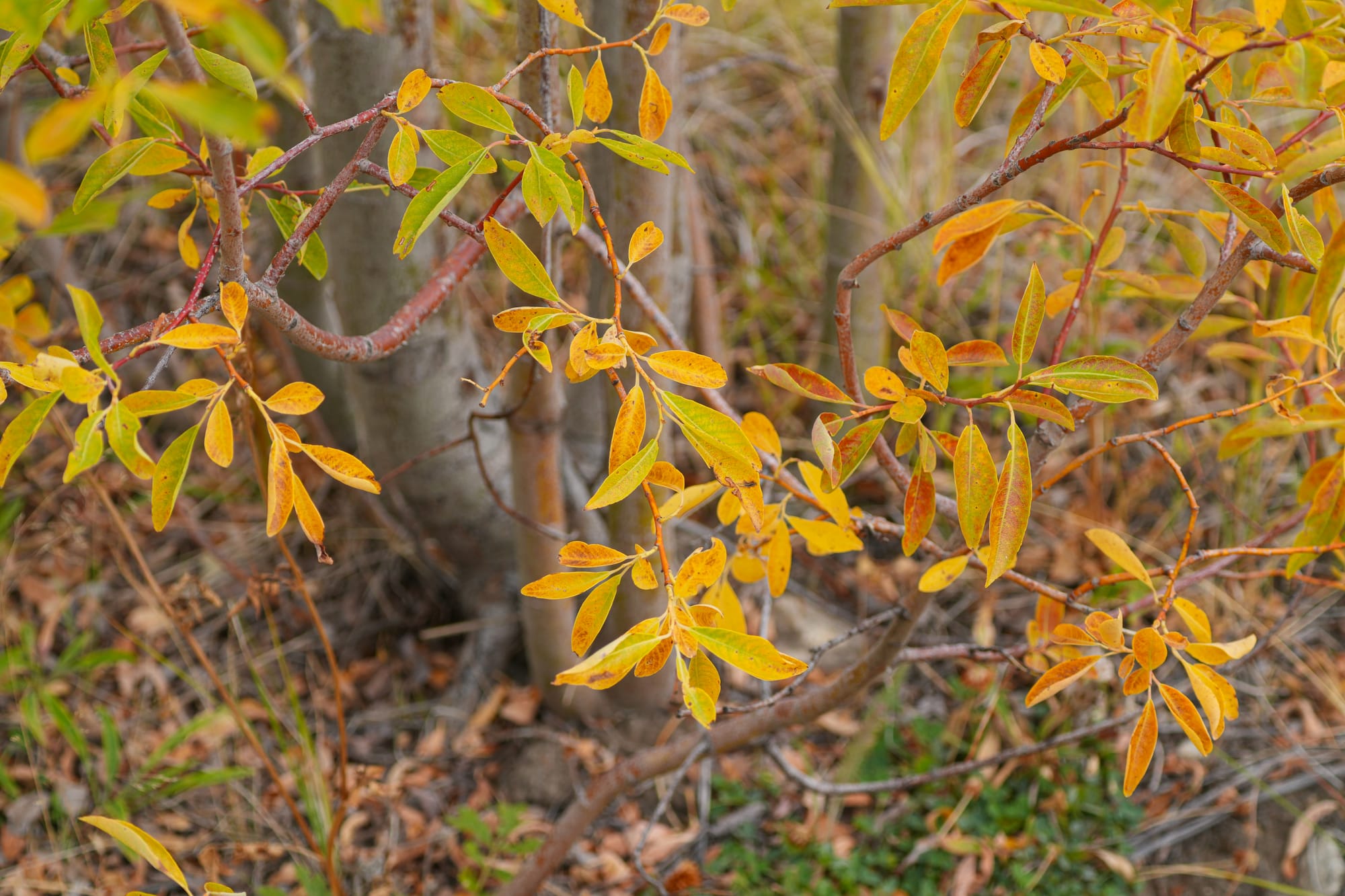
But as nights begin getting cold in the early fall, these colder temperatures slow down a plant's metabolism and the plant is no longer able to actively move sugars out of its leaves at night. This leads to a build-up of sugars in the leaves and these free sugars start attaching to flavonols and flavones, producing anthocyanins that create the brilliant colors we see in the fall.
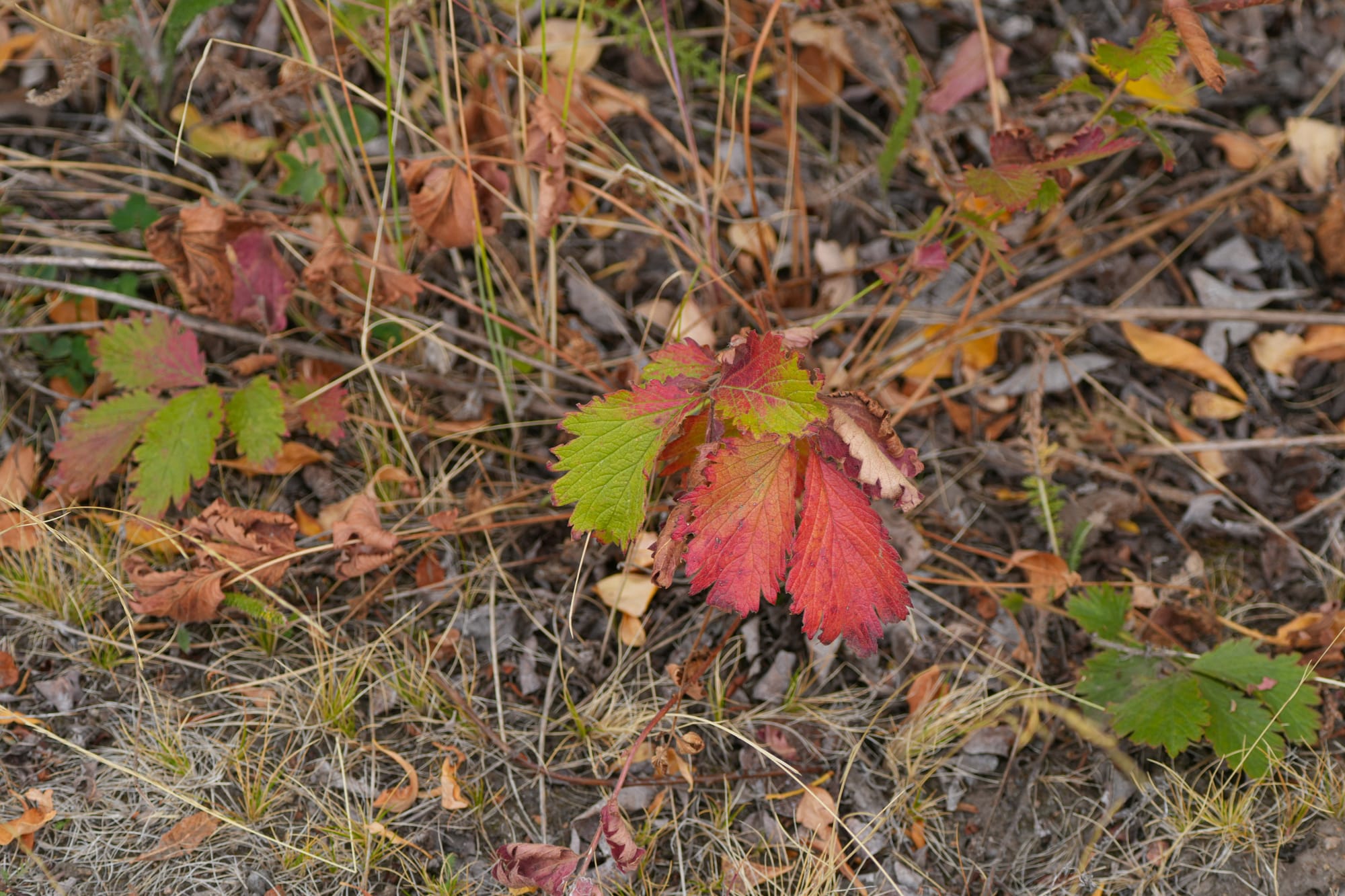
Years with warm, sunny days and cold frosty nights end up producing the best autumn colors, while years with many cloudy days and moderately warm nights end up being more of a dud. See if you spot this difference over the years!

